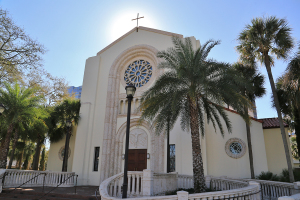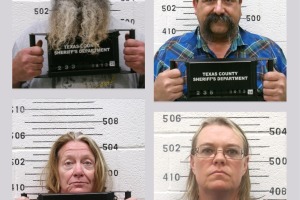Guatemala's Disaster Response Questioned After Volcano Eruption Leaves 20,000 Stranded
One of Guatemala's active volcanoes, Volcan de Fuego, has erupted with lava and ash being seen on Sept. 13, prompting an evacuation alert to more than 33,000 people. However, the evacuation of nearly two-thirds of those people was not possible due to the lack of a robust emergency response system in the affected areas.
Critics have said that the agency in charge of the emergency procedures, the National Coordination for the Reduction of Disasters (CONRED), does not do enough to ensure that the thousands of people who live in isolated areas around the hills of the volcano, know what to do in an emergency.
Guatemalan newspaper Prensa Libre recently reported that around 10 communities living in the hills of the Volcán de Fuego are at a greater risk due to their isolated locations.
A river separates some of the communities from easy access to other civilization, while others have access roads that are rudimentary. And with no bridges built, an evacuation in an emergency would prove extremely difficult for these communities.
One resident, Jeronimo Ortiz, told the Prensa Libre, "The mayor promised to build a bridge, but he has not done it."
Another resident from the Guadalupe Village, near the town Escuintla, blamed CONRED for not providing information about how to react in an emergency situation.
"CONRED has not given us training about anything…They just put those signs," said the resident pointing to a green sign with an arrow, signaling an escape route.
"They have not told us where to go in case we need help," she said.
In these remote communities it's the residents themselves who repair the dirt roads, with no help from the local government, according to them.
"These are forsaken communities where a lot of politicians and mayors have come to visit, but they have payed little attention to us," said Marcial Zamora, from the agrarian community Ceylan, in Escuintla.
Another issue that the people in these areas face is the lack of classrooms for children as well as health centers.
Gloria Cardona has said, "It's not right for kids to be receiving classes in a general classroom, where 9 sections are receiving their classes at the same time."
The deficiencies in Guatemala's emergency response procedures could be part of a broader problem in the country. During the summer of 2010 CONRED complained that it did not have enough funds to assist the victims of the heavy rains that some parts of the country were experiencing. The body asked the government to increase the budget for emergencies.
Last year CONRED also said that it did not have the budget to respond to a serious emergency. "We are ready to cover any sort of emergency, but we would have to analyze how the situation continues during the next months, as long as something like last year doesn't occur, when we didn't have enough resources to pay for water, electricity and other necessary services to operate CONRED," said a spokesman of the organization at that time.




























